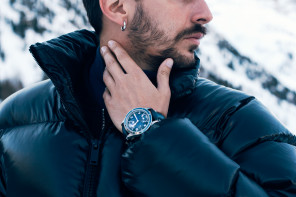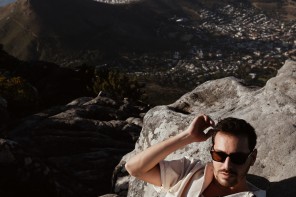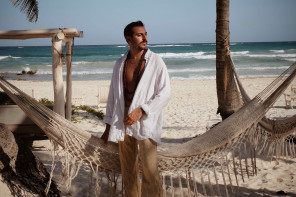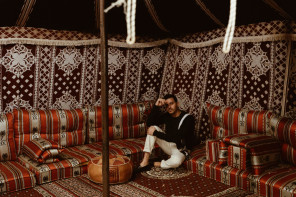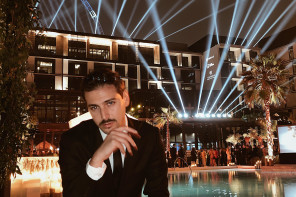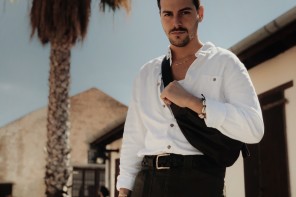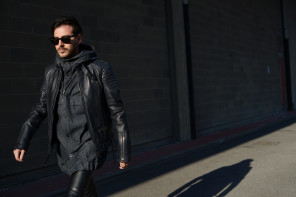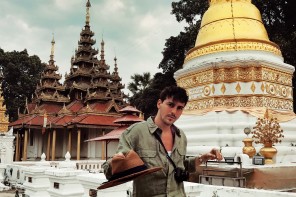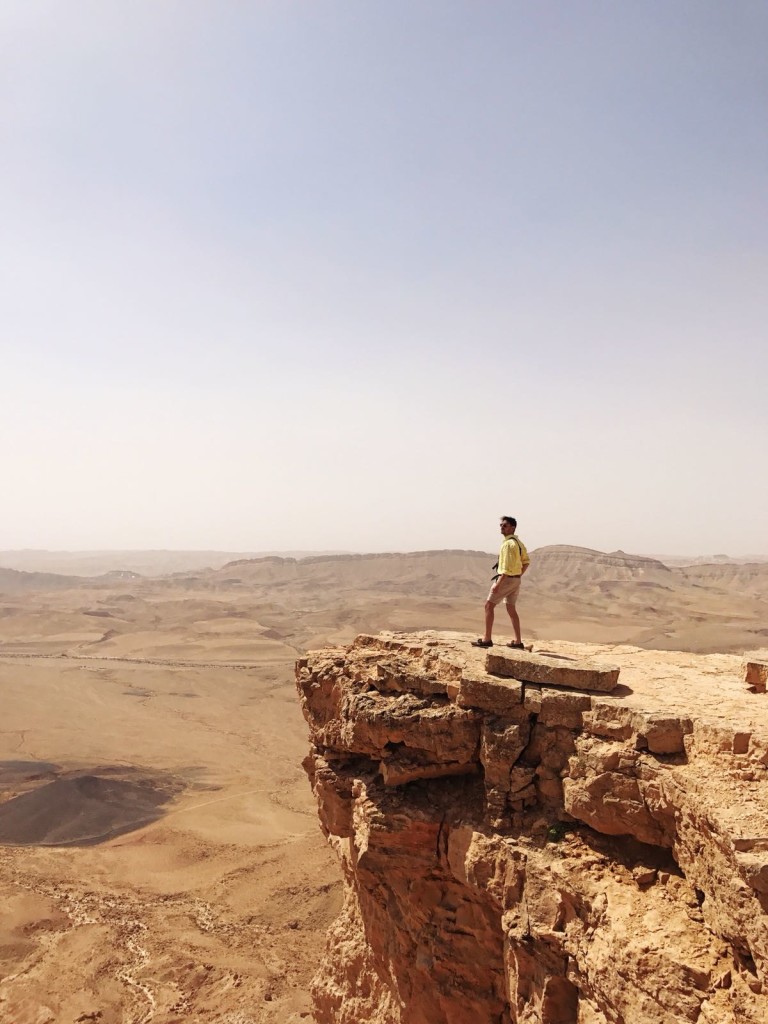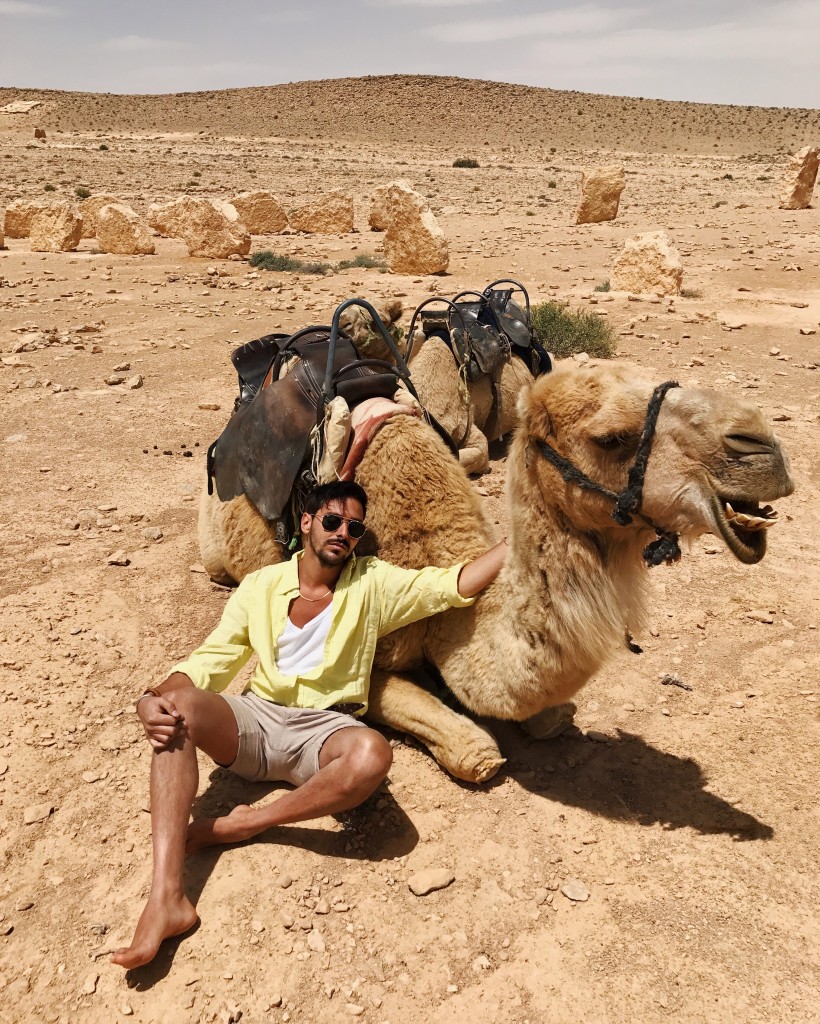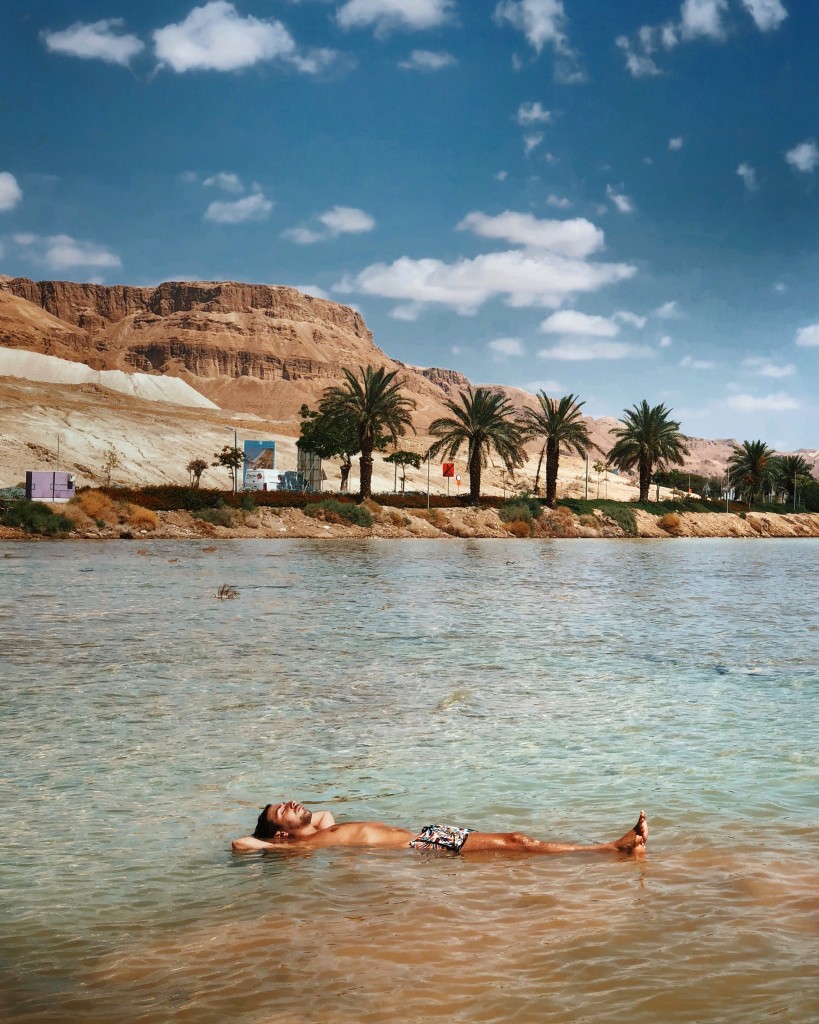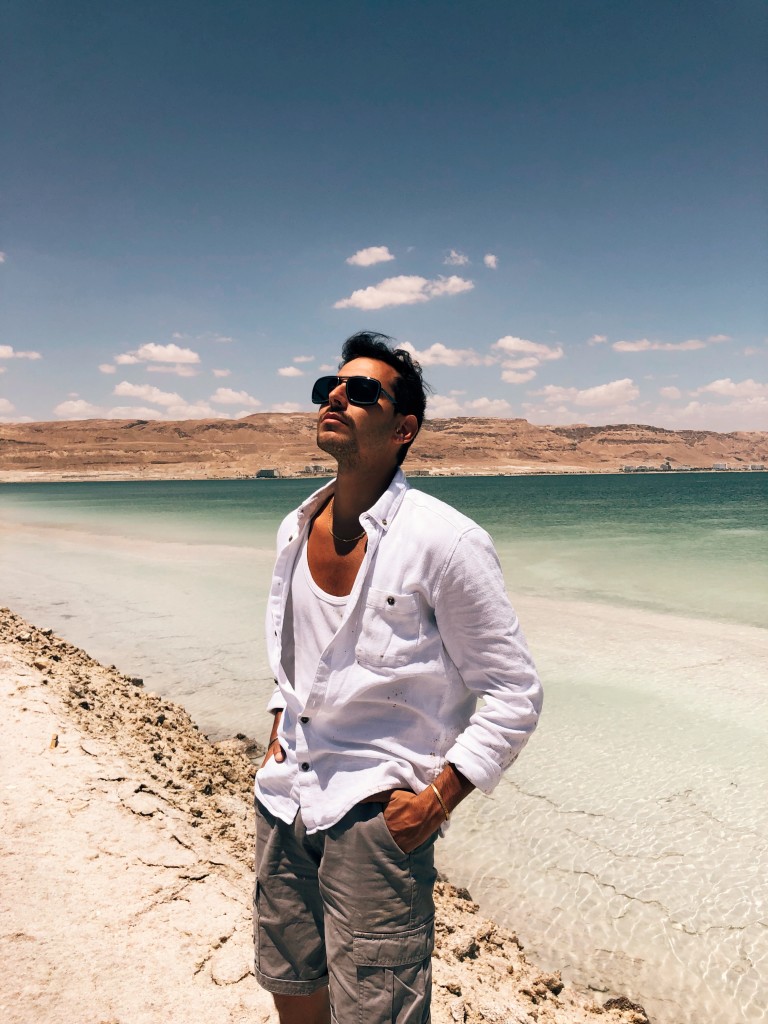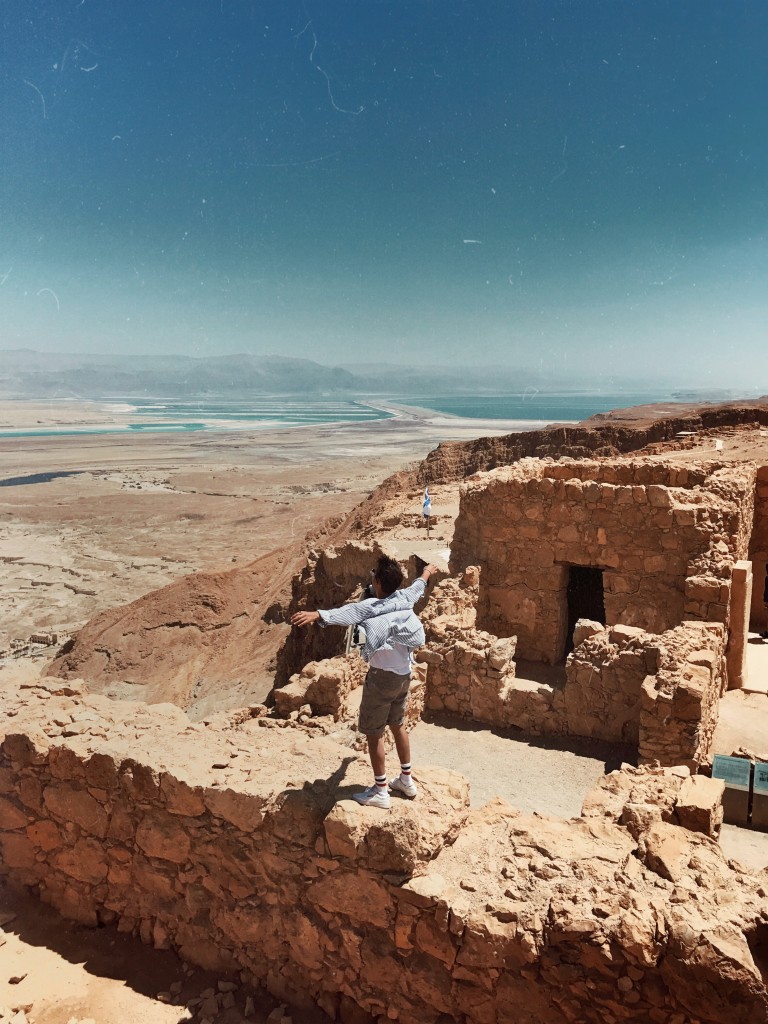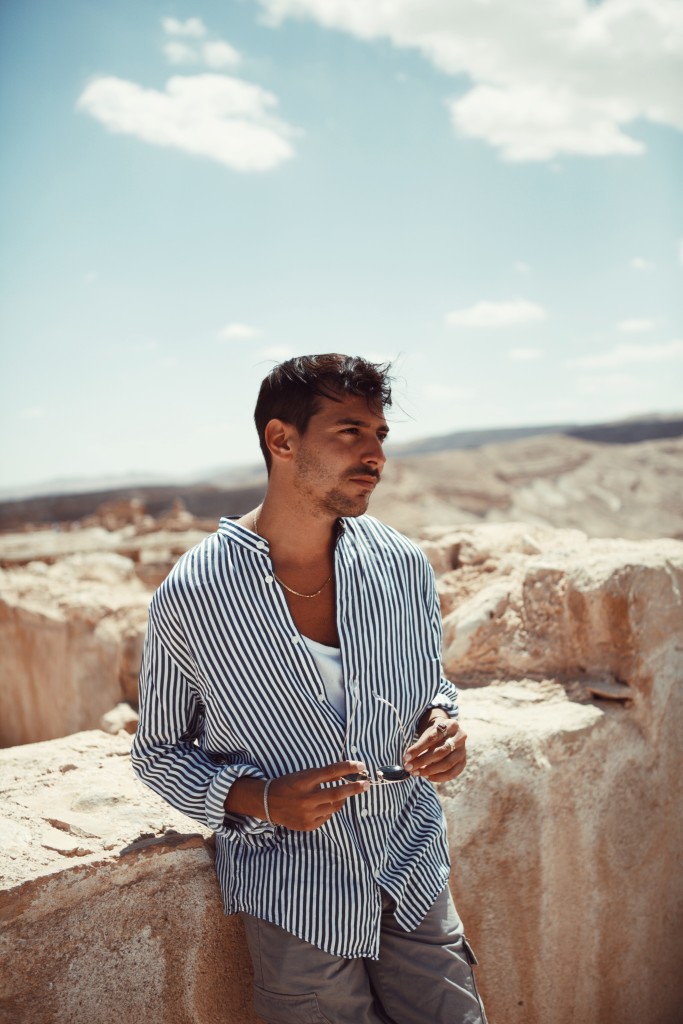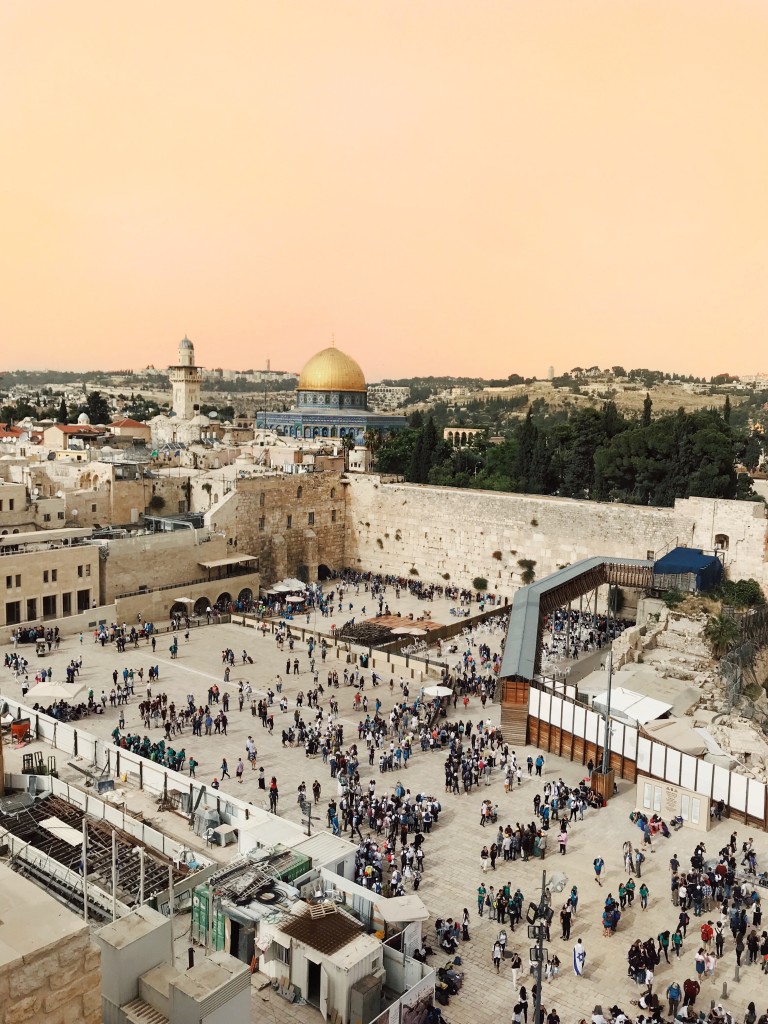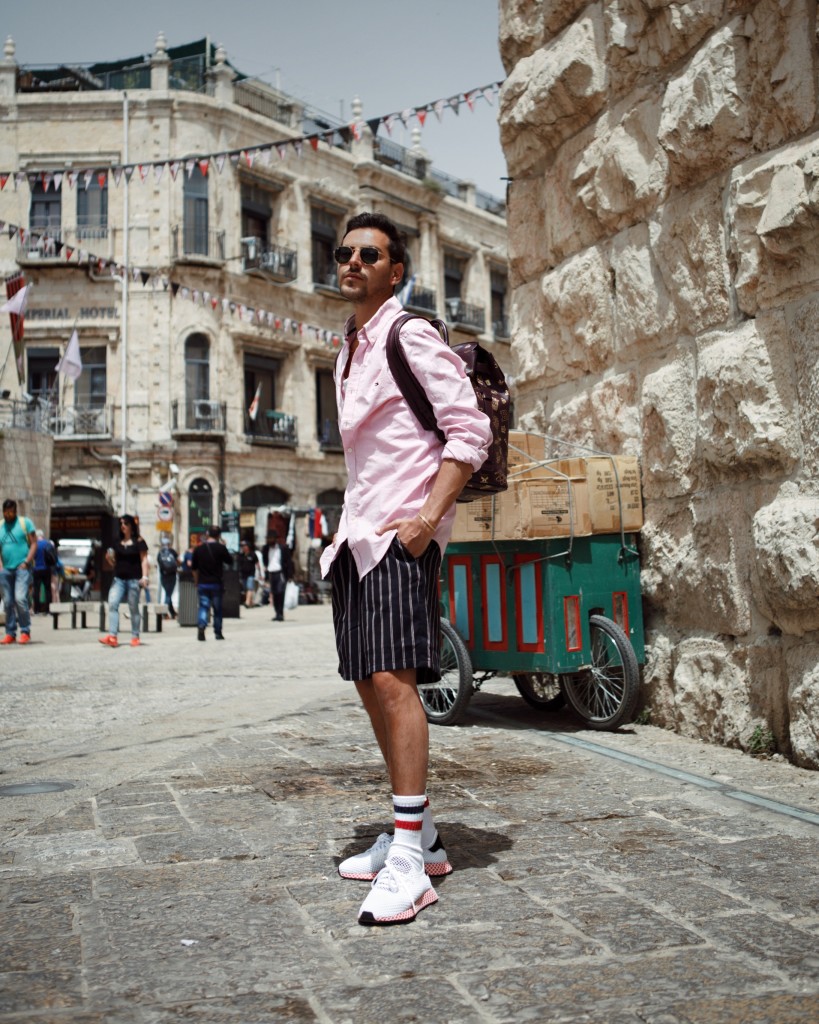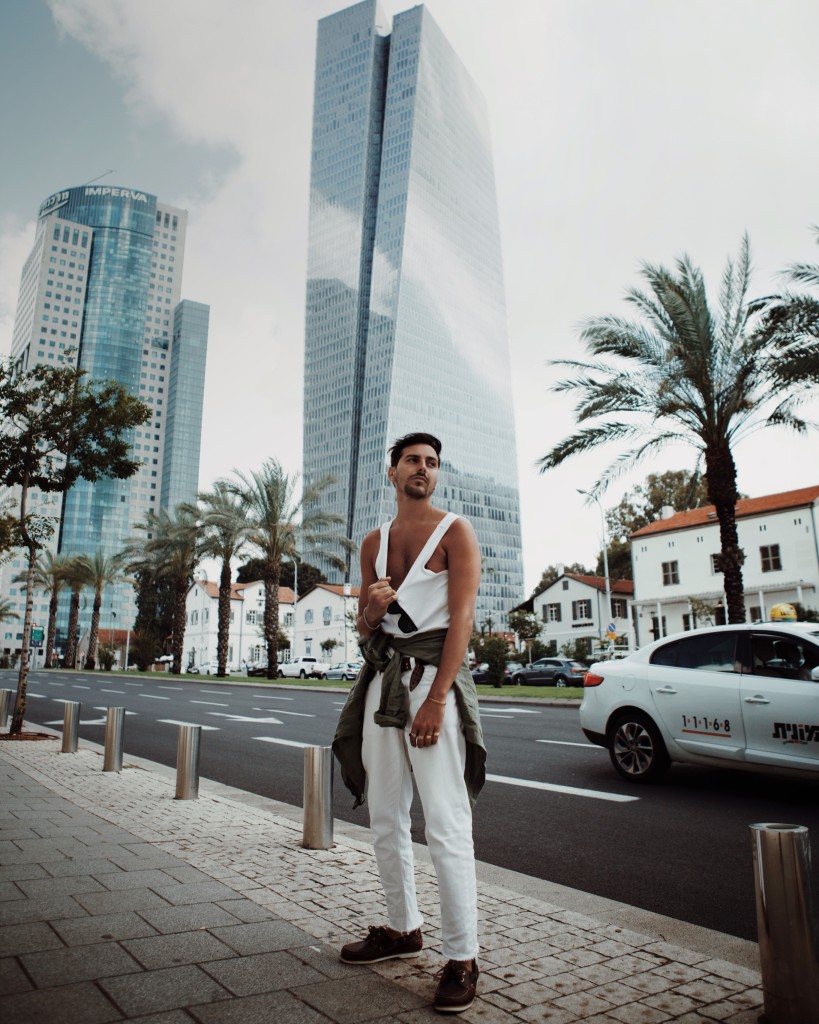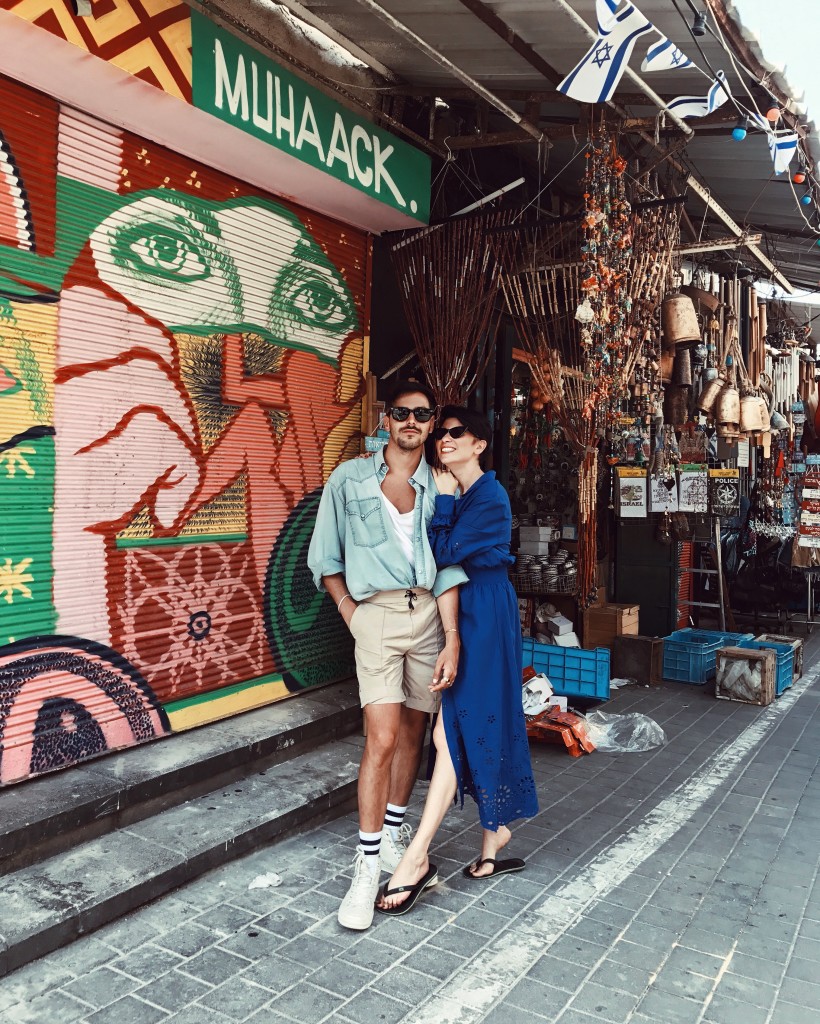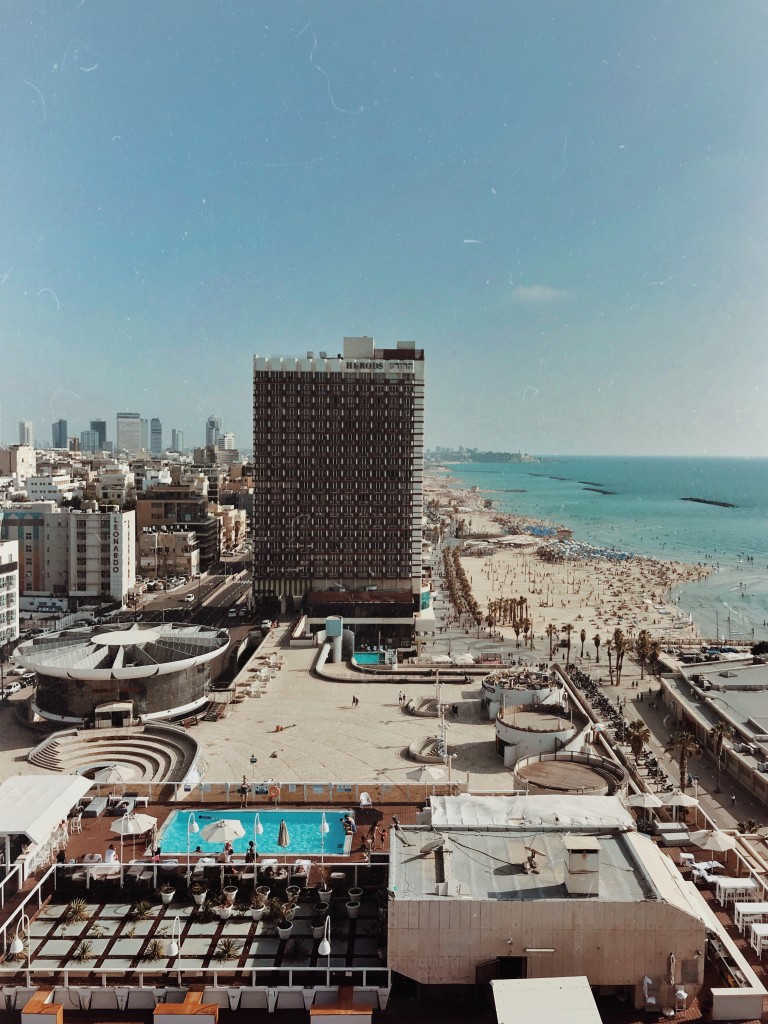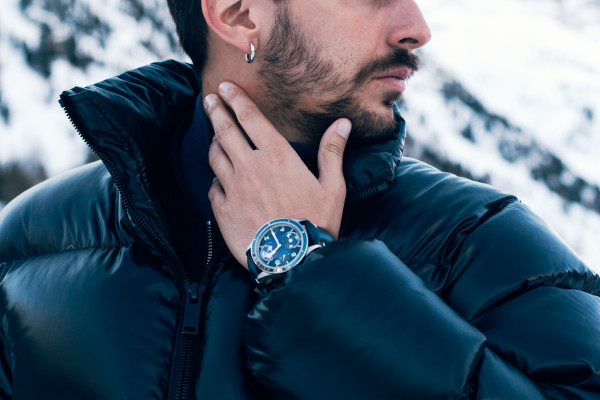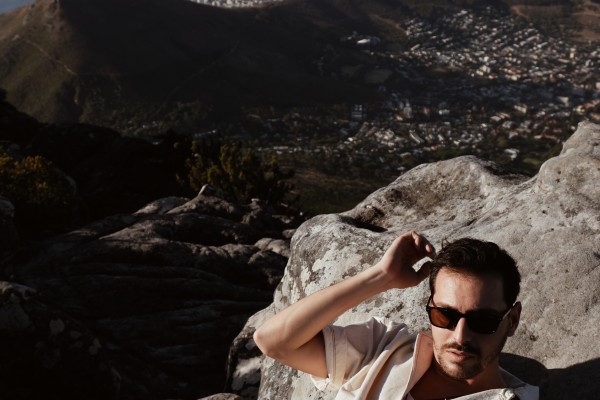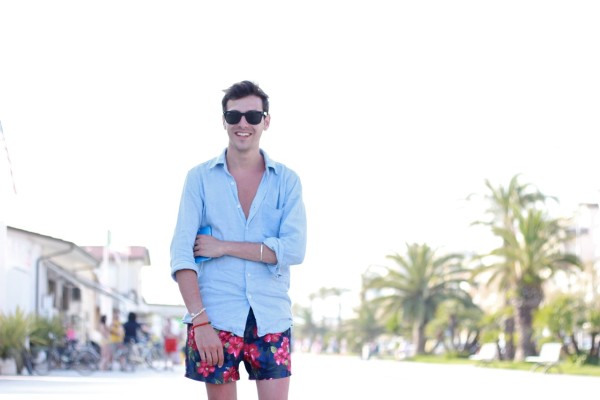10 cose da vedere in Israele in una settimana
Ecco la mia lista.
1. Il tramonto dal Makhtesh Ramon.
La mia settimana in Israele inizia nel deserto del Negev e più precisamente nella cittadina di Mitzpe Ramon. Qui si trova il cratere Ramon, una formazione geologica formata dall’erosione delle rocce a causa dell’azione, nel tempo, di vento e acqua. Un paesaggio desertico unico, reso ancora più incredibile dai colori del tramonto.
2. Il panorama brullo e arido del deserto di Negev facendo una passeggiata a cammello, altra esperienza da non perdere se vi ritrovate da quelle parti.
3. Una oasi nel deserto.
4. L’Osservatorio Astronomico di Mitzpe Ramon. Non andate a dormire senza prima averlo visitato. Il deserto del Negev rappresenta un punto di osservazione super privilegiato per l’osservazione del cielo e delle stelle.
5. Il Mar Morto. E fare il bagno.
A.k.a. stare a galla senza il minimo sforzo. Ah dimenticavo, visiterete qui il punto più basso della terra (si trova per la precisione 422 metri sotto il livello del mare).
5. Le aziende agricole di Ein Tamar. Partendo in direzione Sud dal Mar Morto potrete raggiungere questa località remota e abitata quasi esclusivamente da agricoltori. Peperoni e meloni qui sono le colture più popolari.
6. Un ristorante tipicamente beduino. Io ho cenato al Ristorante Tag Maahal, che si trova nella località di Ein Bokek sul Mar Morto: è consigliatissimo!
7. Il Patrimonio dell’Umanità Unesco Masada.
Si tratta delle rovine della fortezza del Re Erode, l’ultima roccaforte della rivolta ebraica contro i Romani, caduta nel 73 d.C. Per salire e scendere c’è la funivia, essendo che si trova a 400 metri di altitudine rispetto al Mar Morto.
8. Le cascate di David (e fare hiking). Si trovano nella riserva naturale di Ein Gedi, un’oasi bellissima tra il deserto di Giudea ed il Mar Morto. Il percorso offre alcuni sentieri che costeggiano sorgenti d’acqua purissima, che creano una serie di cascate utilizzate nell’antichità come rifugio da Davide, quando fu inseguito dal Re Saul.
9. La capitale Gerusalemme. Città santa per le tre religioni monoteiste: ebraismo, cristianesimo e islam. La parte più affascinante è sicuramente la Città Vecchia, dove si trovano alcuni dei principali siti storici e religiosi tra i quali:
– il Muro Occidentale, detto anche Muro del Pianto o Kotel, ovvero il muro di cinta risalente all’epoca del secondo Tempio di Gerusalemme che era, ed è ancora, considerato il luogo più sacro all’Ebraismo;
– la Via Dolorosa (Via Crucis);
– il quartiere cristiano e la chiesa del Santo Sepolcro;
– il quartiere ebraico ricostruito ed il Cardo, ovvero le rovine di una strada principale di epoca romana;
– il suk, ovvero il mercato arabo.
10. Tel Aviv (trascorrendoci almeno una notte).
Ultima in classifica, ma solo in quanto ultima tappa della mia settimana in Israele, è Tel Aviv: il centro commerciale, culturale e finanziario di Israele. Da non perdere qui:
– Jaffa, antico porto marittimo ora ristrutturato dove la cultura orientale si mescola con quella dei mercanti europei, ed il vecchio con il nuovo; imperdibile qui la vista panoramica su Tel-Aviv;
– Caesarea, un antico porto costruito dal Re Erode ricco di storia, dove è possibile visitare il teatro romano ricostruito e l’acquedotto romano;
– Sharona, il quartiere dei Templari ricostruito;
– il mercato all’aperto di Carmel.
Ringrazio tutto il team italiano e israeliano di Visit Israel per questa indimenticabile esperienza!
Vi aspetto presto con nuovi post!
10 things to see in Israel in one week
Here’s my list.
1. Sunset from Makhtesh Ramon.
My week in Israel starts in the Negev desert and more precisely in the town of Mitzpe Ramon. Here is the Ramon crater, erosion formed crater with unique rock forms. A unique desert landscape, made even more beautiful by the colors of the sunset.
2. The barren and dry landscape of Negev desert by taking a camel ride, another experience not to be missed if you find yourself here.
3. A desert oasis.
4. The Mitzpe Ramon Mobile Observatory. Do not go to sleep without first visiting it. The Negev desert is an amazing point of the sky and the stars observation
5. The Dead Sea. And take a bath.
A.k.a. stay afloat without the slightest effort. Oh I forgot, you will visit here the lowest point on earth (422 meters below sea level).
5. Ein Tamar farms. Starting in a southerly direction from the Dead Sea, you can reach this remote place that is inhabited almost exclusively by farmers. Peppers and melons here are the most popular crops.
6. A typically Bedouin restaurant. I had dinner at the Tag Maahal Restaurant, which is located in Ein Bokek on the Dead Sea: it is highly recommended!
7. The Unesco World Heritage Site Masada.
These are the ruins of the fortress of King Herod, the last stronghold of the Jewish revolt against the Romans, which fell in 73 AD. To get on and off there is the cable car, being 400 meters above sea level compared to the Dead Sea.
8. Nahal David (and do some hiking). The falls are located in the nature reserve of Ein Gedi, a beautiful oasis between the Judean desert and the Dead Sea. The route offers some paths that run along purest water sources, which create a series of waterfalls used in the past as a refuge by David, when he was chased by King Saul.
9. The capital Jerusalem. Holy city for the three monotheistic religions: Judaism, Christianity and Islam. The most fascinating part is certainly the Old Town, where there are some of the main historical and religious sites including:
- the Western Wall, also known as Kotel, or the wall dating back to the time of the second Temple of Jerusalem which was, and still is, considered the most sacred place to Judaism;
- the Via Dolorosa (Via Crucis);
- the Christian quarter and the Church of the Holy Sepulcher;
- the reconstructed Jewish quarter and the Cardo, the ruins of a main road from the Roman era;
- the souk, or the Arab market.
10. Tel Aviv (spending at least one night).
Last in the list, but only because is the last stop of my week in Israel, is Tel Aviv: the commercial, cultural and financial center of Israel. Do not miss here:
- Jaffa, an ancient seaport now restructured where the oriental culture is mixed with that of the European merchants, and the old with the new; unmissable here is the panoramic view of Tel-Aviv;
- Caesarea, an ancient port built by King Herod, rich in history, where it is possible to visit the reconstructed Roman theater and the Roman aqueduct;
- Sharona, the reconstructed Templars neighbourhood;
- Carmel open-air market.
I have to thank all the Italian and Israeli team of Visit Israel for this unforgettable experience!
See you all soon here on the blog!
